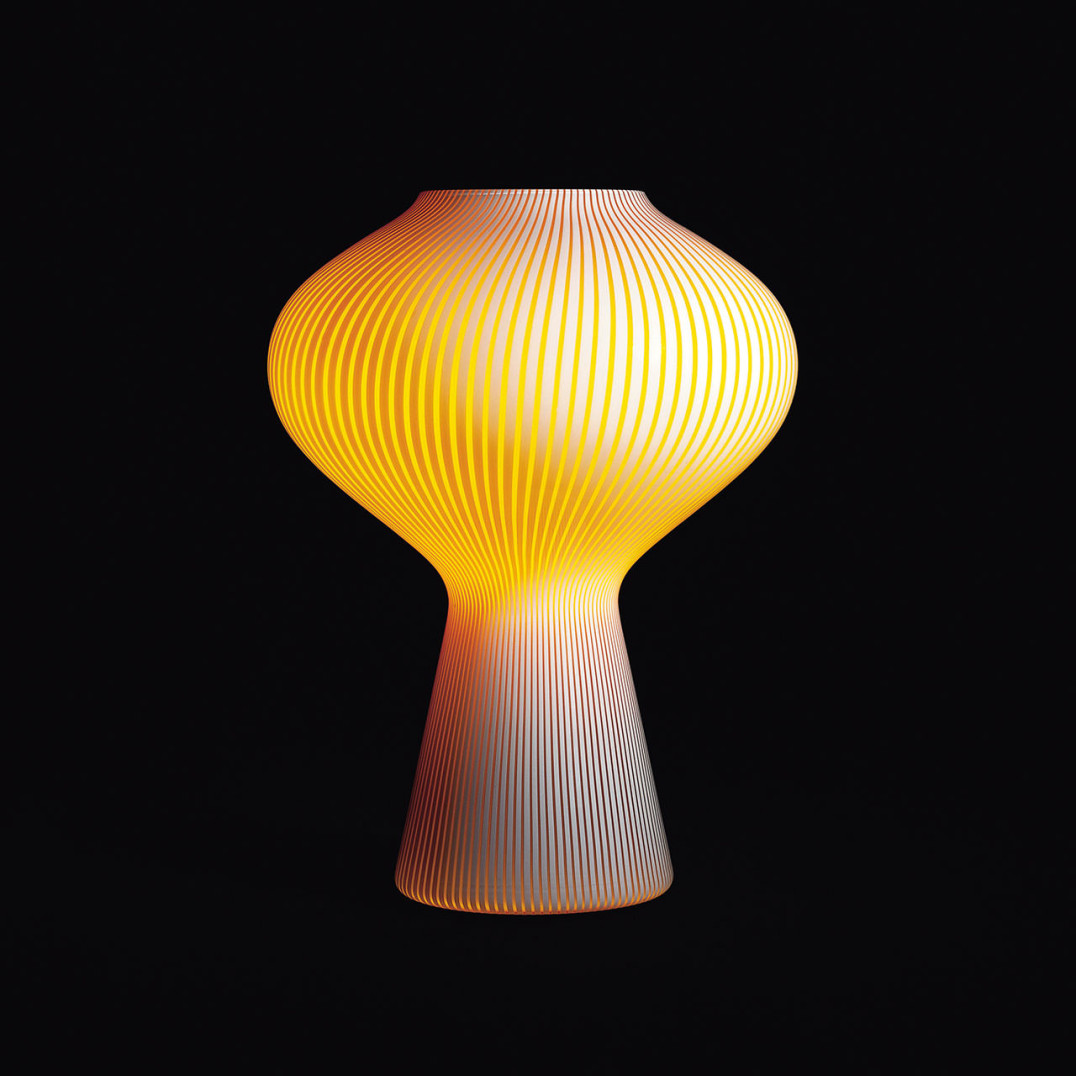
Massimo VignelliFungo, 1955
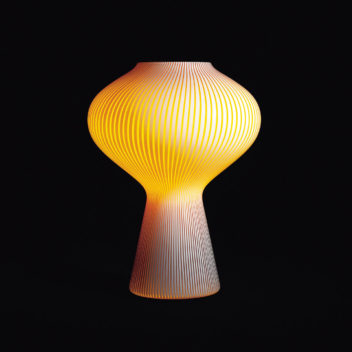
Massimo VignelliFungoVenini & C., 1955
Table lamp in the shape of a mushroom crafted with lattimo and yellow glass canes. The architect, Massimo Vignelli, received an honorable mention at the Compasso d’Oro in 1956 for this design.
13 3/4 in. high (35 cm)
Exhibitions:
2000, New York, Venetian Glass, Museum of Arts & Design;
2001, Milan, Murano: Vetri dalla Collezione Olnick Spanu, Spazio Oberdan.
Bibliography and comparative texts:
Stile Industria, 1956, December, n. 9;
Design Vignelli, 1990, p. 262;
Designed for Delight, 1997, n. 133;
R. Barovier Mentasti, 1998, n. 156;
M. Romanelli, 2000, p. 209;
A. Venini Diaz de Santillana, 2000, n. 228; Olnick Spanu, 2000, n. 102;
Olnick Spanu, 2001, n. 139.
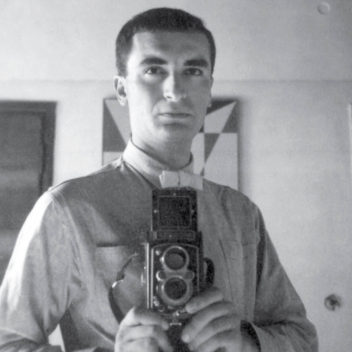
Massimo Vignelli 1931–2014
Massimo Vignelli studied architecture in Milan and Venice. While in Venice as a student, he worked for Venini from 1953 to 1957, designing lighting fixtures, glass windows, drinking glasses, and pitchers. Most of the pieces he designed are today in museum collections, notably the Museum of Modern Art and the Metropolitan Museum of Art in New York, the Musée des Arts Décoratifs in Montreal, Die Neue Sammlung in Munich, and others. A monographic exhibition of the Vignellis' work toured Europe between 1989 and 1993. Over the course of his career, Vignelli worked across the field of design, from graphic identity programs to publications, from products in glass, china, silver, and plastic to furniture and interiors. His work has been widely recognized by museums, publications and exhibitions throughout the world. Among Vignelli's impressive awards are the Gran Premio Triennale di Milano, 1964; Compasso d'Oro, 1964 and 1998; the AIA 1973 Industrial Arts Medal; the Art Directors Club 1982 Hall of Fame; the 1983 AIGA Gold Medal; the first Presidential Design Award; the Interior Design Hall of Fame, 1988; the National Arts Club Gold Medal for Design, 1991; the Interior Product Designers Fellowship of Excellence, 1992; and the Brooklyn Museum Design Award for Lifetime Achievement, 1995. He was awarded an Honorary Doctorate in Architecture from the University of Venice, Italy, and Honorary Doctorates in Fine Arts from Parsons School of Design, Pratt Institute, Rhode Island School of Design, and Corcoran School of Art. In 1996 he received the Honorary Royal Designer for Industry Award from the Royal Society of Arts, London.
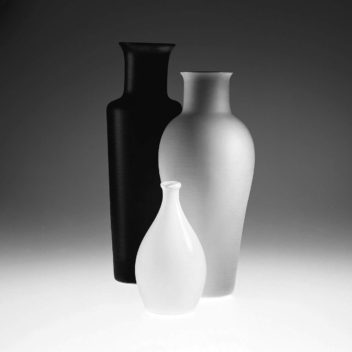
Venini & C. 1932–2001
In 1932, when both Martinuzzi and Zecchin left the company, Paolo Venini changed the name from Vetri Soffiati Muranesi Venini & Co. (V.S.M. Venini & Co.) to Venini & C.. Milanese architect Tommaso Buzzi became the new artistic director. After 1934, artistic direction was taken on by Carlo Scarpa, who designed most of the company's production through 1947. Side by side with Venini, who often intervened personally in design, Scarpa created numerous collections of objects characterized by refined colors. After World War II, Venini & C. sought numerous collaborations with artists such as architect Giò Ponti and the Swedish-born Tyra Lundgren. After 1948, Fulvio Bianconi, Massimo Vignelli, and Tobia Scarpa contributed significantly to the new direction of the company. Paolo Venini died in 1959 and his son-in-law, Ludovico Diaz de Santillana, took over the management of Venini & C. He not only worked personally as a glass designer but also continued the collaboration started by Paolo Venini with various artists and designers. Starting in 1960, many other designers collaborated with the company, like Thomas Stearns, Toni Zuccheri, Tapio Wirkkala, Laura and Alessandro Diaz de Santillana, James Carpenter, Dan Dailey, Richard Marquis, Benjamin Moore, and Toots Zynsky. In 1986, the de Santillana family left the company, selling their stock to the Ferruzzi group, which guaranteed the fine quality Venini was known for by hiring new designers such as Timo Sarpaneva, Marco Zanini, Ettore Sottsass Jr., Alessandro Mendini, Mario Bellini, Barbara del Vicario, and others. In 1988, Venini was acquired by Royal Scandinavian. Since 2001, Venini S.p.A. has been part of Italian Luxury Industries Group and is led by Giancarlo Chimento, Giuliano Tabacchi, and Giorgio Rizzo.
Massimo VignelliFungo, 1955
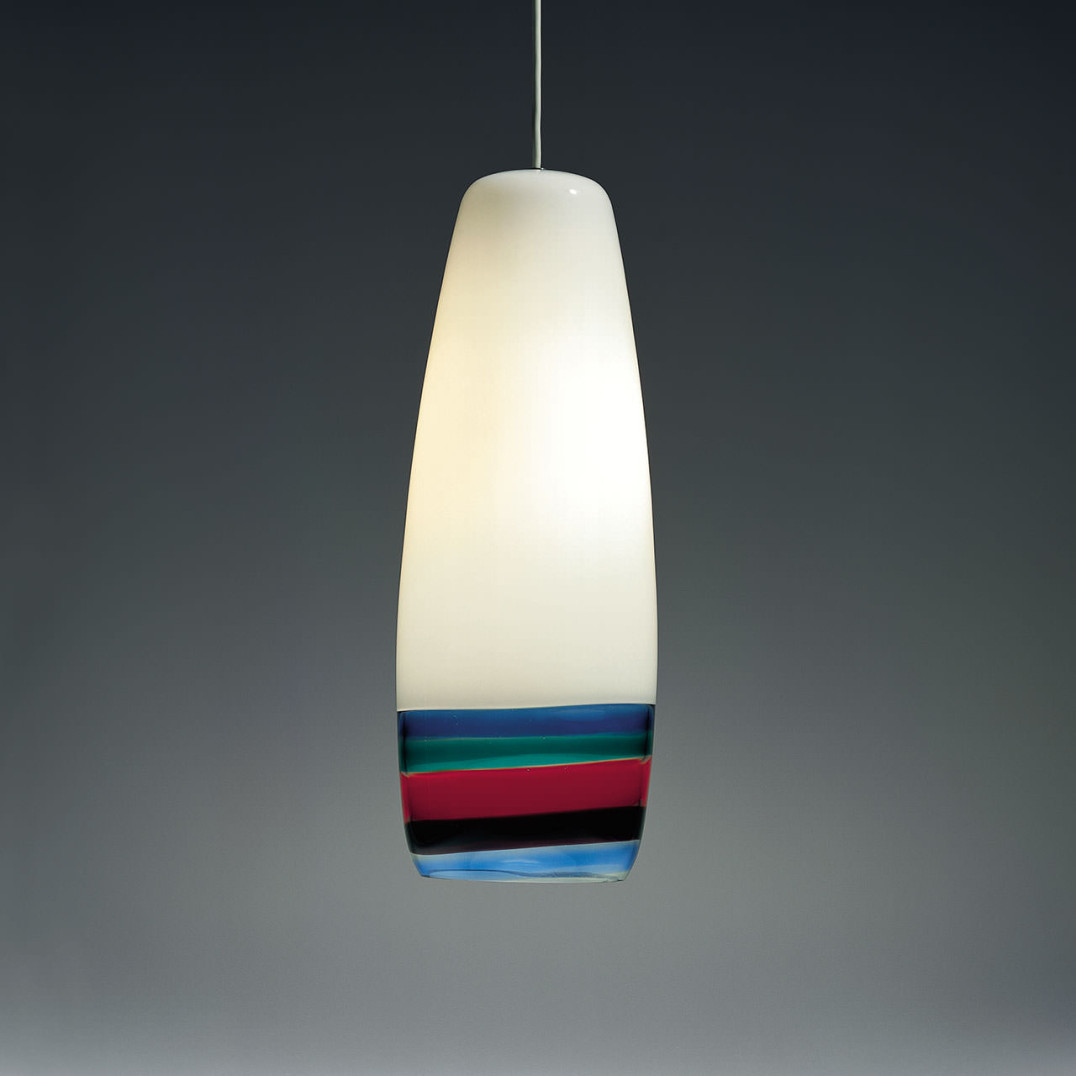
Massimo VignelliSigaro, 1954
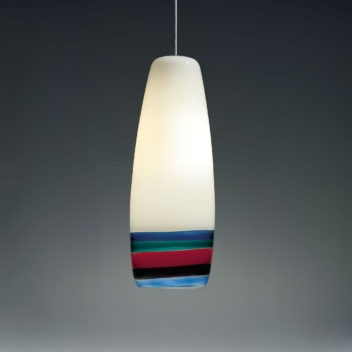
Massimo VignelliSigaroVenini & C., 1954
A cigar-shaped ceiling lamp, the
top portion crafted in lattimo glass, the bottom part with multicolored horizontal fasce of glass.
Acid stamped:
venini murano ITALIA.
13 7/8 in. high (35.8 cm)
Exhibitions:
2000, New York, Venetian Glass, Museum of Arts & Design;
2001, Milan, Murano: Vetri dalla Collezione Olnick Spanu, Spazio Oberdan.
Bibliography and comparative texts:
Venini, grey catalogue, n. 3035L;
Domus, 1956, November, p. 37;
G. Ponti, 1959;
Domus, 1956, January, pp. 45-47;
Domus, 1956, November;
Domus, 1959, Dicember;
W. Neuwirth, 1987, n. 216;
A. Venini Diaz de Santillana, 1996, n. 163;
M. Romanelli, 2000, p. 209;
A. Venini Diaz de Santillana, 2000, n. 227;
Olnick Spanu, 2000, n. 101;
Olnick Spanu, 2001, n. 138.

Massimo Vignelli 1931–2014
Massimo Vignelli studied architecture in Milan and Venice. While in Venice as a student, he worked for Venini from 1953 to 1957, designing lighting fixtures, glass windows, drinking glasses, and pitchers. Most of the pieces he designed are today in museum collections, notably the Museum of Modern Art and the Metropolitan Museum of Art in New York, the Musée des Arts Décoratifs in Montreal, Die Neue Sammlung in Munich, and others. A monographic exhibition of the Vignellis' work toured Europe between 1989 and 1993. Over the course of his career, Vignelli worked across the field of design, from graphic identity programs to publications, from products in glass, china, silver, and plastic to furniture and interiors. His work has been widely recognized by museums, publications and exhibitions throughout the world. Among Vignelli's impressive awards are the Gran Premio Triennale di Milano, 1964; Compasso d'Oro, 1964 and 1998; the AIA 1973 Industrial Arts Medal; the Art Directors Club 1982 Hall of Fame; the 1983 AIGA Gold Medal; the first Presidential Design Award; the Interior Design Hall of Fame, 1988; the National Arts Club Gold Medal for Design, 1991; the Interior Product Designers Fellowship of Excellence, 1992; and the Brooklyn Museum Design Award for Lifetime Achievement, 1995. He was awarded an Honorary Doctorate in Architecture from the University of Venice, Italy, and Honorary Doctorates in Fine Arts from Parsons School of Design, Pratt Institute, Rhode Island School of Design, and Corcoran School of Art. In 1996 he received the Honorary Royal Designer for Industry Award from the Royal Society of Arts, London.

Venini & C. 1932–2001
In 1932, when both Martinuzzi and Zecchin left the company, Paolo Venini changed the name from Vetri Soffiati Muranesi Venini & Co. (V.S.M. Venini & Co.) to Venini & C.. Milanese architect Tommaso Buzzi became the new artistic director. After 1934, artistic direction was taken on by Carlo Scarpa, who designed most of the company's production through 1947. Side by side with Venini, who often intervened personally in design, Scarpa created numerous collections of objects characterized by refined colors. After World War II, Venini & C. sought numerous collaborations with artists such as architect Giò Ponti and the Swedish-born Tyra Lundgren. After 1948, Fulvio Bianconi, Massimo Vignelli, and Tobia Scarpa contributed significantly to the new direction of the company. Paolo Venini died in 1959 and his son-in-law, Ludovico Diaz de Santillana, took over the management of Venini & C. He not only worked personally as a glass designer but also continued the collaboration started by Paolo Venini with various artists and designers. Starting in 1960, many other designers collaborated with the company, like Thomas Stearns, Toni Zuccheri, Tapio Wirkkala, Laura and Alessandro Diaz de Santillana, James Carpenter, Dan Dailey, Richard Marquis, Benjamin Moore, and Toots Zynsky. In 1986, the de Santillana family left the company, selling their stock to the Ferruzzi group, which guaranteed the fine quality Venini was known for by hiring new designers such as Timo Sarpaneva, Marco Zanini, Ettore Sottsass Jr., Alessandro Mendini, Mario Bellini, Barbara del Vicario, and others. In 1988, Venini was acquired by Royal Scandinavian. Since 2001, Venini S.p.A. has been part of Italian Luxury Industries Group and is led by Giancarlo Chimento, Giuliano Tabacchi, and Giorgio Rizzo.
Massimo VignelliSigaro, 1954
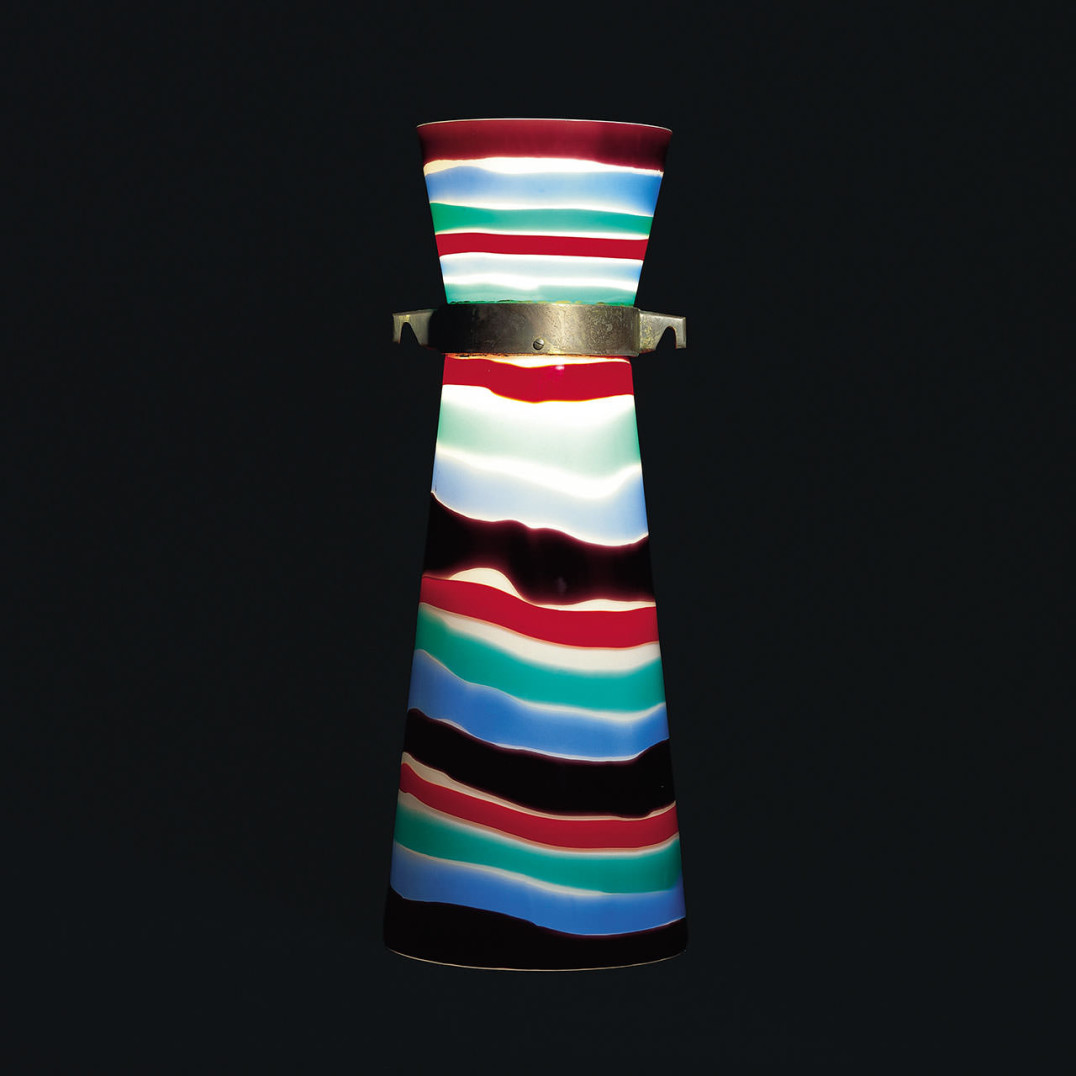
B.B.P.R.A fasce, 1954
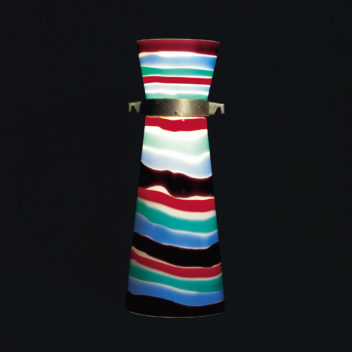
B.B.P.R.A fasceVenini & C., 1954
Ceiling lamp in translucent glass decorated with irregular horizontal fasce in red, aubergine, blue and green glass. This model was originally designed by Studio Architetti B.B.P.R. for the New York City showroom of Olivetti. The original brass chain, as well as the top of the lamp, are missing.
Acid stamped:
venini murano ITALIA.
26 in. high (66 cm)
Exhibitions:
2000, New York, Venetian Glass, Museum of Arts & Design;
2001, Milan, Murano: Vetri dalla Collezione Olnick Spanu, Spazio Oberdan.
Bibliography and comparative texts:
Domus, 1954, September, pp. 3-9;
Domus, 1956, January, pp. 45-48;
G. Ponti, 1959;
Olnick Spanu, 2000, n. 100;
Olnick Spanu, 2001, n. 137.
B.B.P.R.

Venini & C. 1932–2001
In 1932, when both Martinuzzi and Zecchin left the company, Paolo Venini changed the name from Vetri Soffiati Muranesi Venini & Co. (V.S.M. Venini & Co.) to Venini & C.. Milanese architect Tommaso Buzzi became the new artistic director. After 1934, artistic direction was taken on by Carlo Scarpa, who designed most of the company's production through 1947. Side by side with Venini, who often intervened personally in design, Scarpa created numerous collections of objects characterized by refined colors. After World War II, Venini & C. sought numerous collaborations with artists such as architect Giò Ponti and the Swedish-born Tyra Lundgren. After 1948, Fulvio Bianconi, Massimo Vignelli, and Tobia Scarpa contributed significantly to the new direction of the company. Paolo Venini died in 1959 and his son-in-law, Ludovico Diaz de Santillana, took over the management of Venini & C. He not only worked personally as a glass designer but also continued the collaboration started by Paolo Venini with various artists and designers. Starting in 1960, many other designers collaborated with the company, like Thomas Stearns, Toni Zuccheri, Tapio Wirkkala, Laura and Alessandro Diaz de Santillana, James Carpenter, Dan Dailey, Richard Marquis, Benjamin Moore, and Toots Zynsky. In 1986, the de Santillana family left the company, selling their stock to the Ferruzzi group, which guaranteed the fine quality Venini was known for by hiring new designers such as Timo Sarpaneva, Marco Zanini, Ettore Sottsass Jr., Alessandro Mendini, Mario Bellini, Barbara del Vicario, and others. In 1988, Venini was acquired by Royal Scandinavian. Since 2001, Venini S.p.A. has been part of Italian Luxury Industries Group and is led by Giancarlo Chimento, Giuliano Tabacchi, and Giorgio Rizzo.
B.B.P.R.A fasce, 1954
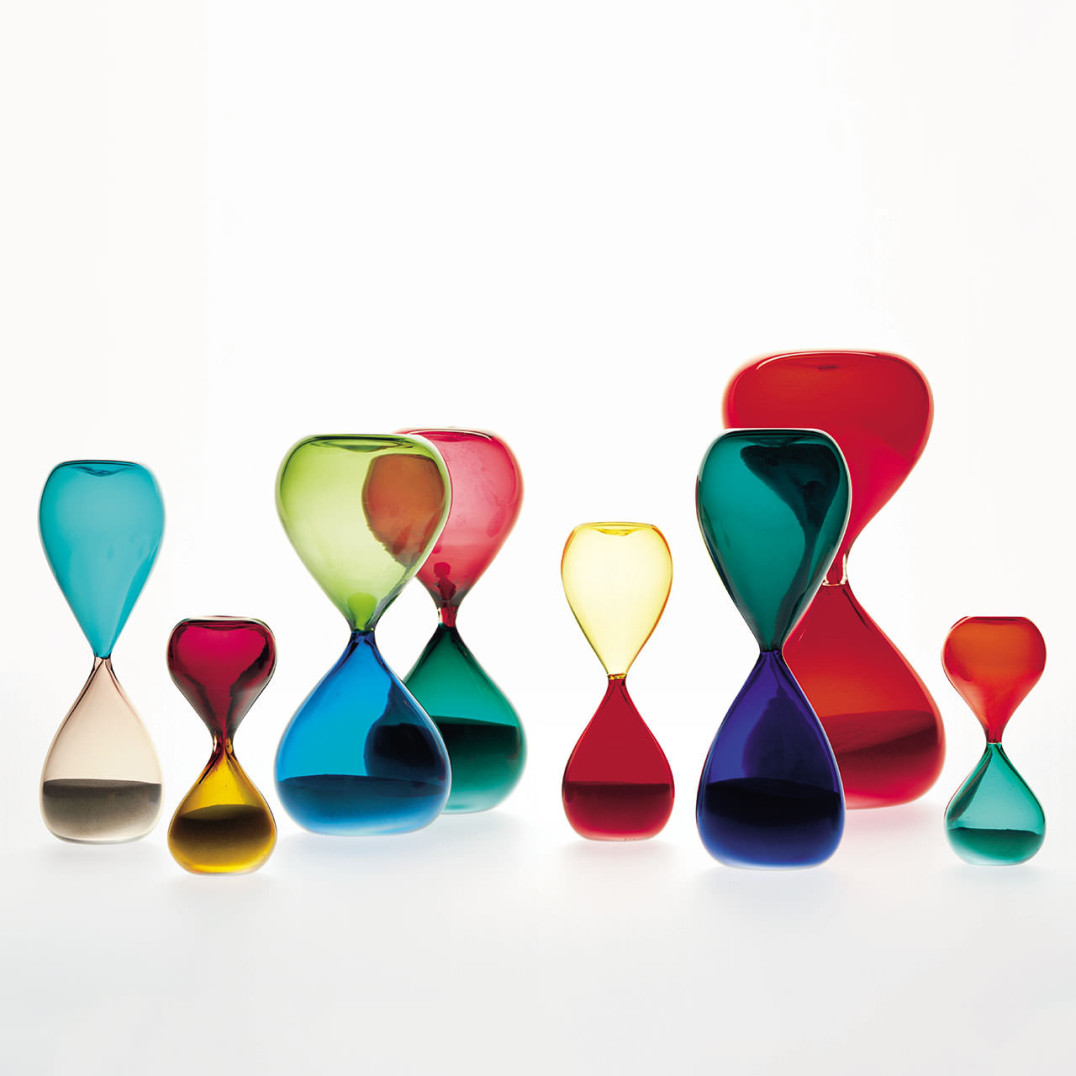
Paolo VeniniClessidre, ca. 1955
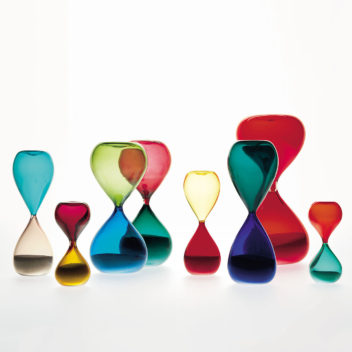
Paolo VeniniClessidreVenini & C., ca. 1955
Group of eight transparent glass incalmo hourglasses in various hights and color combinations. The third one from the right in the colors of cobalt blue and emerald green was the piece that started this collection.
Acid stamped:
venini murano ITALIA.
5 1/2 in. to 12 in. high
(14 to 30 cm)
Exhibitions:
2000, New York, Venetian Glass, Museum of Arts & Design; 2001, Milan, Murano: Vetri dalla Collezione Olnick Spanu, Spazio Oberdan.
Bibliography and comparative texts:
Venini, grey catalogue, nn. 4905, 4906, 4907; A. Gasparetto, 1960, n. 42; G. Mariacher, 1967, p. 169; F. Deboni, 1989, n. 132; G. Duplano Tucci, 1989, nn. 5/6; Olnick Spanu, 2000, n. 99; Olnick Spanu, 2001, n. 136.
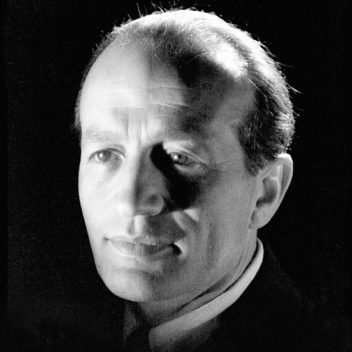
Paolo Venini 1895–1959
Born in Milan, the entrepreneur and designer Paolo Venini was a law school graduate. From 1921 until he died, he dedicated himself to the workshop he founded, the Vetri Soffiati Muranesi Venini & C. (through 1925, Vetri Soffiati Muranesi Cappellin Venini & C.). A man of marked entrepreneurial talent, his goal from the very beginning was to expand his company's influence abroad and he sought the collaboration of the most talented artists and architects of his time, employing them as artistic directors of his company. He always worked at the side of his designers with the goal of anticipating and directing taste. He personally checked every collection produced by his furnace. And his confident aesthetic choices, along with the fine quality of the products, assured his workshop both critical and commercial success. He dedicated himself personally to design from the '30s: his Diamante glass pieces date from 1936, and he created the murrine romane in collaboration with Carlo Scarpa. Following the war, he created bottles with brightly colored stripes, vessels in mosaico zanfirico and mosaico tessuto, glass mosaic windows, and engraved vessels. In collaboration with Bianconi, he created vessels such as the fazzoletti, which are a classic example of the production of the '50s, and were enormously successful.

Venini & C. 1932–2001
In 1932, when both Martinuzzi and Zecchin left the company, Paolo Venini changed the name from Vetri Soffiati Muranesi Venini & Co. (V.S.M. Venini & Co.) to Venini & C.. Milanese architect Tommaso Buzzi became the new artistic director. After 1934, artistic direction was taken on by Carlo Scarpa, who designed most of the company's production through 1947. Side by side with Venini, who often intervened personally in design, Scarpa created numerous collections of objects characterized by refined colors. After World War II, Venini & C. sought numerous collaborations with artists such as architect Giò Ponti and the Swedish-born Tyra Lundgren. After 1948, Fulvio Bianconi, Massimo Vignelli, and Tobia Scarpa contributed significantly to the new direction of the company. Paolo Venini died in 1959 and his son-in-law, Ludovico Diaz de Santillana, took over the management of Venini & C. He not only worked personally as a glass designer but also continued the collaboration started by Paolo Venini with various artists and designers. Starting in 1960, many other designers collaborated with the company, like Thomas Stearns, Toni Zuccheri, Tapio Wirkkala, Laura and Alessandro Diaz de Santillana, James Carpenter, Dan Dailey, Richard Marquis, Benjamin Moore, and Toots Zynsky. In 1986, the de Santillana family left the company, selling their stock to the Ferruzzi group, which guaranteed the fine quality Venini was known for by hiring new designers such as Timo Sarpaneva, Marco Zanini, Ettore Sottsass Jr., Alessandro Mendini, Mario Bellini, Barbara del Vicario, and others. In 1988, Venini was acquired by Royal Scandinavian. Since 2001, Venini S.p.A. has been part of Italian Luxury Industries Group and is led by Giancarlo Chimento, Giuliano Tabacchi, and Giorgio Rizzo.
Paolo VeniniClessidre, ca. 1955
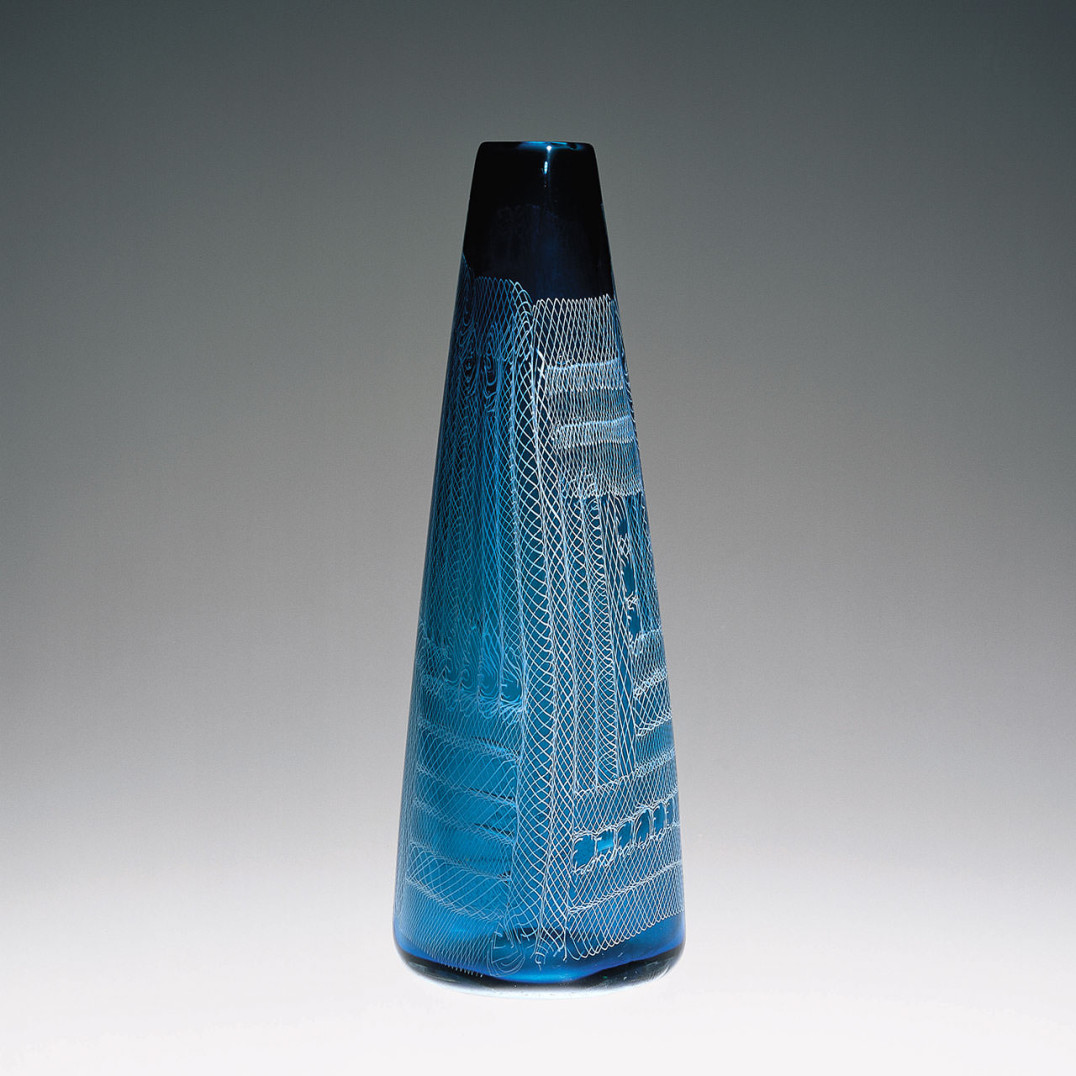
Paolo VeniniMosaico Zanfirico, 1954
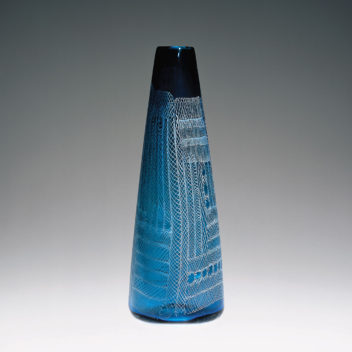
Paolo VeniniMosaico ZanfiricoVenini & C., 1954
Tall vase crafted in transparent
blue glass decorated with horizontal and vertical segments of zanfirico lattimo canes.
Acid stamped:
venini murano ITALIA.
13 1/2 in. high (34.3 cm)
Exhibitions:
1954, Milan, 10th Triennale;
1954, Venice, 27th Biennale Internazionale d’Arte;
2000, New York, Venetian Glass, Museum of Arts & Design;
2001, Milan, Murano: Vetri dalla Collezione Olnick Spanu, Spazio Oberdan.
Bibliography and comparative texts:
Venini, grey catalogue, n. 3886;
G. Ponti, 1959;
Domus, 1955, April;
W. Neuwirth, 1987, n. 69;
F. Deboni, 1989, nn. 126-128;
M. Karasik, 1989, n. 34;
M. Barovier, 1994, n. 17;
F. Deboni, 1996, p. 74, n. 221;
M. Heiremans, 1996, n. 152;
H. Ricke, E. Schmitt, 1996, nn. 116-118;
R. Barovier Mentasti, 1998, n.129;
M. Barovier, 1999, p. 231;
A. Venini Diaz de Santillana, 2000, nn. 84-85;
Olnick Spanu, 2000, n. 98;
Olnick Spanu, 2001, n. 135.

Paolo Venini 1895–1959
Born in Milan, the entrepreneur and designer Paolo Venini was a law school graduate. From 1921 until he died, he dedicated himself to the workshop he founded, the Vetri Soffiati Muranesi Venini & C. (through 1925, Vetri Soffiati Muranesi Cappellin Venini & C.). A man of marked entrepreneurial talent, his goal from the very beginning was to expand his company's influence abroad and he sought the collaboration of the most talented artists and architects of his time, employing them as artistic directors of his company. He always worked at the side of his designers with the goal of anticipating and directing taste. He personally checked every collection produced by his furnace. And his confident aesthetic choices, along with the fine quality of the products, assured his workshop both critical and commercial success. He dedicated himself personally to design from the '30s: his Diamante glass pieces date from 1936, and he created the murrine romane in collaboration with Carlo Scarpa. Following the war, he created bottles with brightly colored stripes, vessels in mosaico zanfirico and mosaico tessuto, glass mosaic windows, and engraved vessels. In collaboration with Bianconi, he created vessels such as the fazzoletti, which are a classic example of the production of the '50s, and were enormously successful.

Venini & C. 1932–2001
In 1932, when both Martinuzzi and Zecchin left the company, Paolo Venini changed the name from Vetri Soffiati Muranesi Venini & Co. (V.S.M. Venini & Co.) to Venini & C.. Milanese architect Tommaso Buzzi became the new artistic director. After 1934, artistic direction was taken on by Carlo Scarpa, who designed most of the company's production through 1947. Side by side with Venini, who often intervened personally in design, Scarpa created numerous collections of objects characterized by refined colors. After World War II, Venini & C. sought numerous collaborations with artists such as architect Giò Ponti and the Swedish-born Tyra Lundgren. After 1948, Fulvio Bianconi, Massimo Vignelli, and Tobia Scarpa contributed significantly to the new direction of the company. Paolo Venini died in 1959 and his son-in-law, Ludovico Diaz de Santillana, took over the management of Venini & C. He not only worked personally as a glass designer but also continued the collaboration started by Paolo Venini with various artists and designers. Starting in 1960, many other designers collaborated with the company, like Thomas Stearns, Toni Zuccheri, Tapio Wirkkala, Laura and Alessandro Diaz de Santillana, James Carpenter, Dan Dailey, Richard Marquis, Benjamin Moore, and Toots Zynsky. In 1986, the de Santillana family left the company, selling their stock to the Ferruzzi group, which guaranteed the fine quality Venini was known for by hiring new designers such as Timo Sarpaneva, Marco Zanini, Ettore Sottsass Jr., Alessandro Mendini, Mario Bellini, Barbara del Vicario, and others. In 1988, Venini was acquired by Royal Scandinavian. Since 2001, Venini S.p.A. has been part of Italian Luxury Industries Group and is led by Giancarlo Chimento, Giuliano Tabacchi, and Giorgio Rizzo.